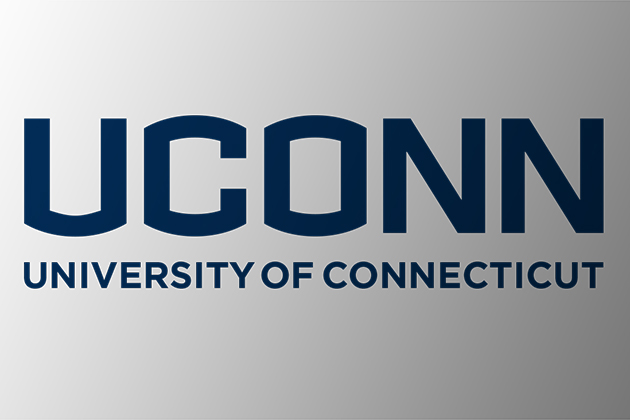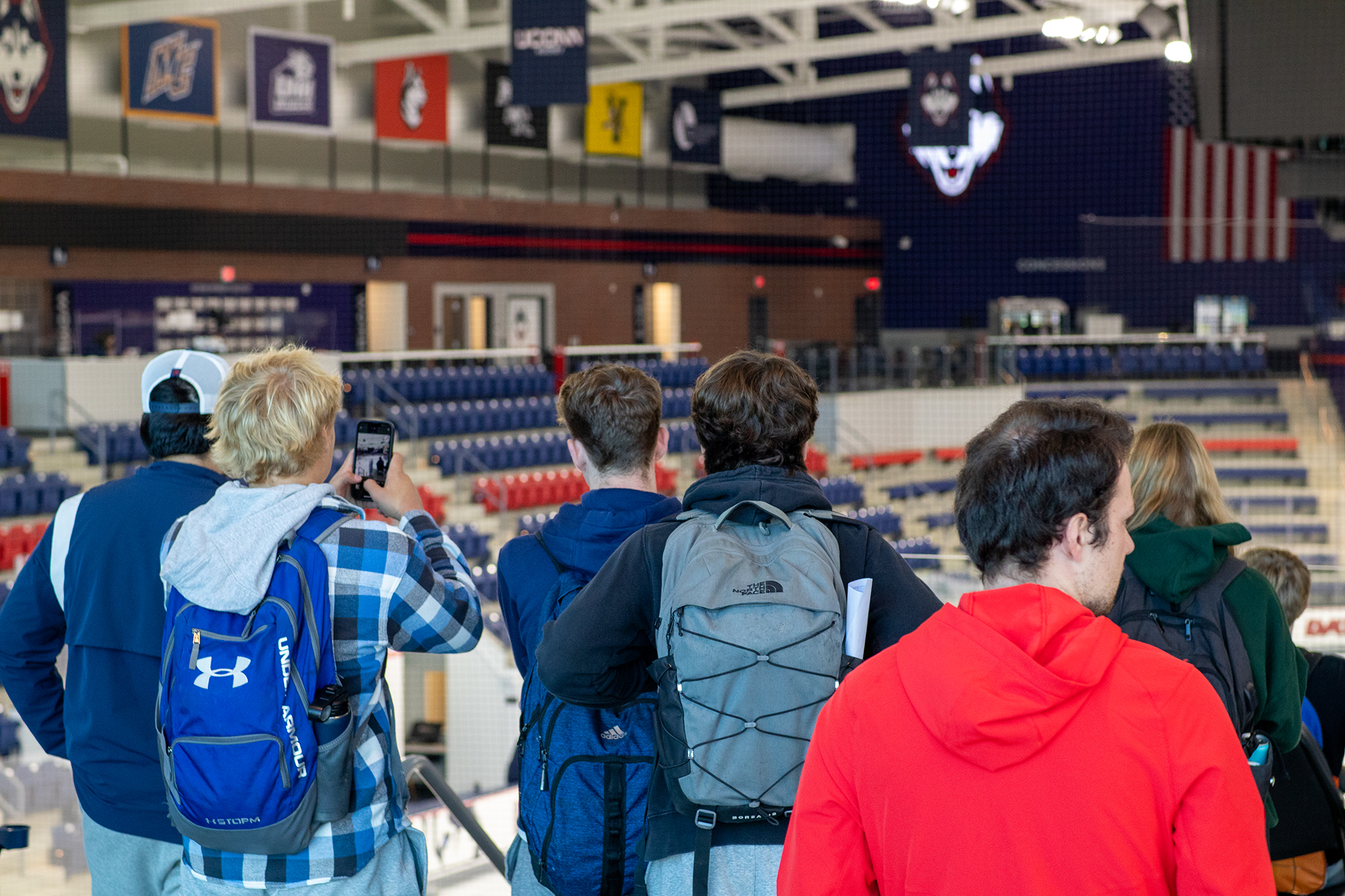UConn’s Board of Trustees on Wednesday adopted fiscal year 2020 budgets that continue to invest in its academic and research enterprise, while adjusting to fiscal challenges posed by the costs of contributing toward reducing statewide unfunded pension liabilities.
The budgets, which go into effect July 1, include $1.46 billion for Storrs and the regional campuses, and $1.24 billion for UConn Health, including the UConn John Dempsey Hospital and the schools of medicine and dental medicine.
Wednesday’s budget adoption was one of several important actions that trustees took Wednesday, in a meeting that involved action on several capital projects, including approving an important report for state agencies that outlines specifics of the planned Northwest Science Quad, where construction starts in spring 2020.
Trustees also gave the go-ahead Wednesday for design of the quad’s STEM Research Center and supplemental utility plant; projects to improve Wi-Fi service and address humidity-related roof issues inside Gampel Pavilion; purchase of a Gurleyville Road house as the President’s residence to replace the aging Oak Hill house; and renovation of leased space in Hartford’s Wadsworth Atheneum to house UConn’s master’s in fine arts administration program there.
In their presentation outlining the new FY20 budgets for UConn and UConn Health, University officials told trustees Wednesday that those spending plans would be running small surpluses next year instead of closing deficits, if not for the unfunded pension and retiree healthcare liability that is built into employee fringe benefit rates.
UConn pays a portion of these costs itself, with the state comptroller determining the rates. In FY20, UConn will have to pay $31 million toward the legacy unfunded pension and retiree healthcare liability, which built up statewide over many years.
UConn Health would have paid an additional $53 million next year, but the General Assembly and the governor allocated $33.2 million in the next state budget to help reduce that amount, as UConn Health could not have closed the budget deficit this created without assistance from the state.
UConn plans to institute a variety of spending cuts, savings from leaving unfilled jobs open longer, and other actions to close the remaining deficits, and its financial officials will be reporting back regularly to trustees during the year on the status.
“UConn’s core functions of education, research, and clinical care are clearly healthy and stable, which this budget reflects,” said Andy Bessette, chair of the Financial Affairs Committee, earlier this month when that committee endorsed the spending plan.
“At the same time, the serious and growing burden of the unfunded pension liability is the most significant fiscal challenge the university faces,” he said. “UConn’s leadership is appropriately working with the state to try and identify ways to address these costs going forward to help keep UConn successful and competitive.”
The University’s overriding goal in crafting its budget is to protect and build UConn’s academic and research strength, which draws talented students and faculty, helps foster economic development for the state, and has kept UConn among the nation’s top 25 public universities for eight years in U.S. News & World Report’s annual ranking.
Despite the challenges, UConn continues to invest in areas that directly impact students, their families, and the community. For instance, UConn Health’s wide array of medical and dental services provide care for generations of Connecticut residents, with the growth helping to increase UConn Health’s clinical care revenue by 59 percent since FY13.
Elsewhere, UConn is increasing its financial aid budget in FY 2020 to $194.7 million – with $139 million directly from UConn institutional funds – to help support talented students, with the best packages provided to in-state, low-income students. University-supported financial aid has increased 24 percent over the past three years, and three-quarters of all UConn undergraduates receive some form of financial aid.
“Despite financial challenges, UConn continues to focus on protecting academic excellence and providing strong student support,” said Scott Jordan, UConn’s chief financial officer and executive vice president for administration. “UConn stands committed to maintaining and enhancing our academic excellence in support of our students and the state of Connecticut. UConn’s success is vital to Connecticut’s success.”
The budget also includes allocations required to meet unionized employees’ pay raises consistent with the agreement between the State of Connecticut and SEBAC (State Employees Bargaining Agent Coalition).
In other action Wednesday, the board voted to purchase a single-family home on Gurleyville Road for use as the President’s residence, replacing the aging Oak Hill house currently used as the presidential home and space for university business and receptions.
UConn leases and maintains the Gurleyville Road house, in addition to about 20 single-family homes that the University owns and rents primarily as transitional housing for incoming employees or short-term guests such as visiting scholars.
UConn will pay $740,000 for the 18-year-old house, which was independently appraised to be valued between $765,000 and $803,000. UConn also currently pays about $18,000 in taxes on the Gurleyville Road home as a lessee, and that cost will end once it takes over ownership.
No money from tuition, student fees, or UConn’s state appropriation will be used toward the home’s purchase. It will be paid from profits from the rent generated by UConn’s 20 leased residential properties, which nets about $125,000 to $150,000 yearly once maintenance and other expenses are paid. That revenue will also cover maintenance and upkeep at the home going forward.
The move is necessary due to significant costs associated with repairing the 80-year-old Oak Hill house, which President Herbst will leave this summer when her term ends.
That home needs repairs that are estimated to reach or exceed $1 million to replace the slate roof, address water seepage, replace the windows and HVAC system, replace failing gutters and exterior features, refurbish floors, and other work that all must comply with the special standards required when working on historic buildings.
Even if the University had decided to undertake the extensive repairs, the months-long project could not be completed in time for President Designate Thomas C. Katsouleas to move in before he starts on Aug. 1.
The Gurleyville Road house’s owners, Philip and Christine Lodewick, had indicated they planned to put the house on the market, which meant UConn also ran the risk of having a private individual or entity purchasing a home that sits on UConn’s campus and is surrounded by other UConn property.



